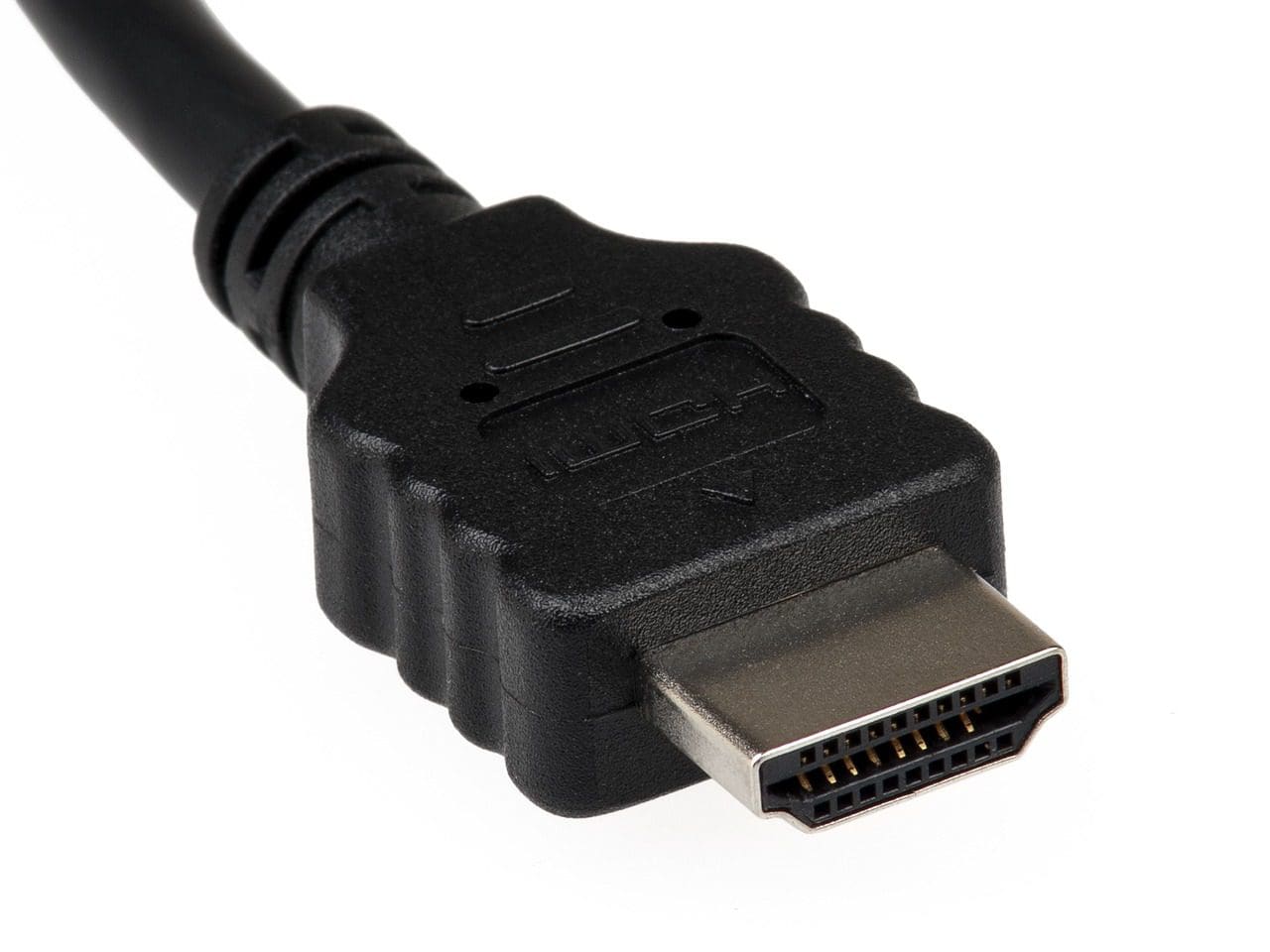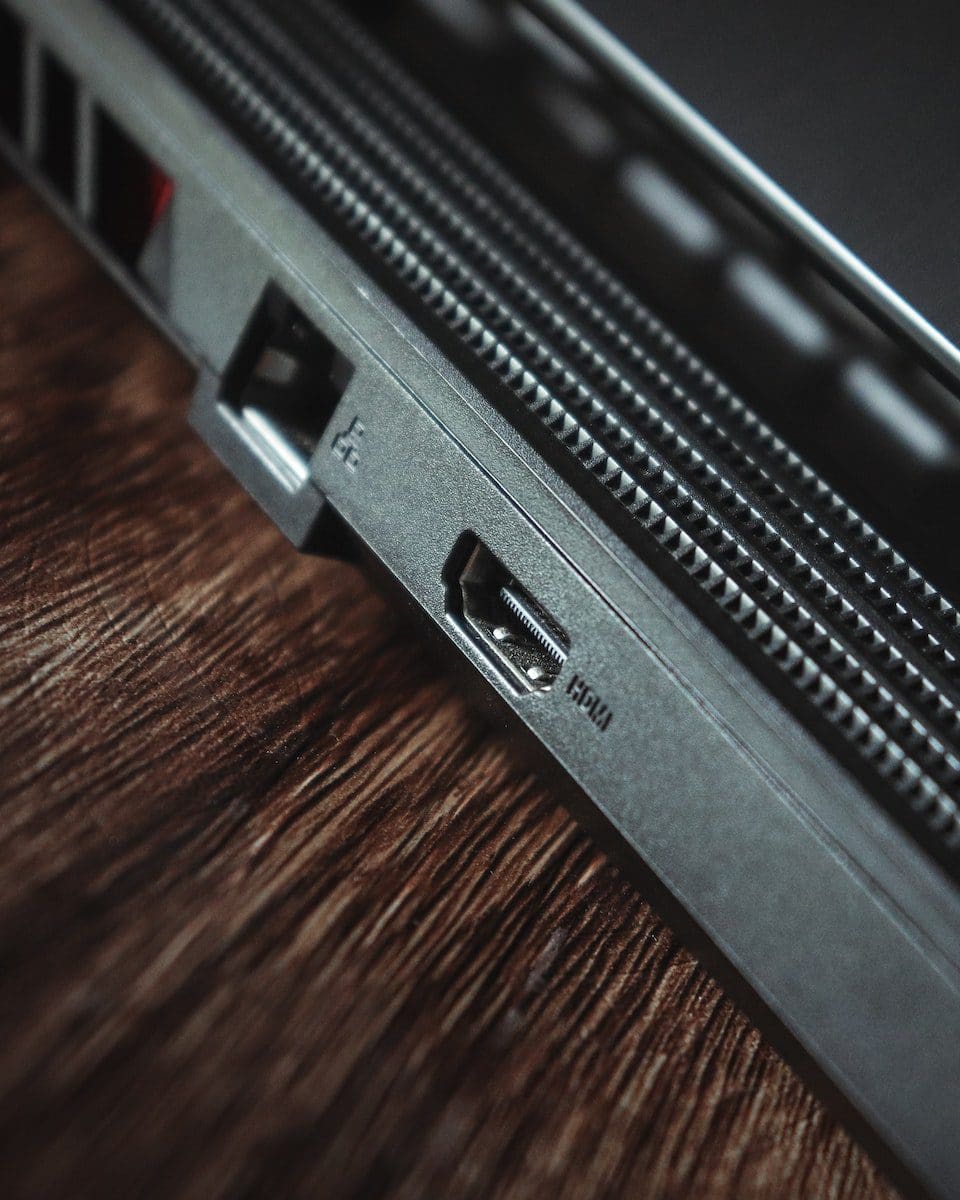Both HDMI 1.3 and HDMI 1.4 are High Definition Multimedia Interface (HDMI) cables, which are single connectors that can carry both images and video. Since both of them are similar things, some may confuse them with one another.
They are currently among the industry’s top connectors. There are, nevertheless, some significant points of distinction between them.
Key Takeaways
- HDMI 1.3 supports resolutions up to 2560×1600 and a bandwidth of 10.2 Gbps.
- HDMI 1.4 offers higher resolutions, up to 4096×2160, and introduces features like 3D support and an Ethernet channel.
- Upgrading HDMI 1.4 cables and devices can enhance audiovisual experiences and enable advanced functionalities.
HDMI 1.3 vs HDMI 1.4
HDMI 1.3 is a type of cable that increases its single-link bandwidth to 340 MHz and includes the technical fundamentals that allow for fast speeds. HDMI 1.4 is a type of HDMI cable that provides a transmission medium to the HDMI connection and allows for high-speed bi-directional transmission.

Automatic audio synchronization features are built into HDMI 1.3, allowing devices to conduct this synchronization automatically and with extreme precision. It supports a high resolution of 4K, which is a plus point.
The new HDMI protocol lets gadgets enable exceptionally high HD images, up to four times that of 1080p equipment.
HDMI 1.3 provides a new, lower form factor attachment option for small mobile devices such as HD camcorders and still cameras that require smooth access to HDTVs.
HDMI 1.4 adds a transmission medium to the HDMI connection, allowing for high-speed bi-directional transmission.
This functionality lets connected devices transmit information over a 100 Mb/sec Ethernet connection, making them instantaneously ready for any IP-based application.
The HDMI 1. 4 protocol establishes the general 3D formats and resolutions for HDMI-enabled devices, allowing 3D gaming and other 3D video apps.
Comparison Table
| Parameters of Comparison | HDMI 1.3 | HDMI 1.4 |
|---|---|---|
| Resolution | This cable does not have as good a resolution as HDM1 1.4, which is one of its disadvantages. | This version has a more improved resolution. This quality is one of the advantages of using this. |
| 3D Support | This cable only supports 3D in 1080i. | This cable supports 3D completely. This quality is another of its plus points. |
| Ethernet Channel | This cable does not have an Ethernet channel. | This cable has an Ethernet channel. |
| Cable Standards | This cable has older cable standards than version 1.4. | This cable has newer cable standards than version 1.3. |
| Audio return channel | This cable does not have an audio return channel which is another of its cons. | This cable has an audio return channel, unlike version 1.3. |
What is HDMI 1.3?
To handle the requirements of future HD display technologies, such as better resolution, Rich Color, and high frame rates, HDMI 1.3 raises its single-link bandwidth to 340 MHz (10.2 Gbps).
Furthermore, the HDMI 1.3 standard includes the technical fundamentals which will allow future HDMI versions to attain substantially faster speeds.
HDMI 1.3 enables color levels of 10-bit, 12-bit, and 16-bit (RGB or YCbCr), up from 8-bit depths in prior HDMI versions, allowing for a breathtaking depiction of over one billion colors in extraordinary detail.
HDMI 1.3 includes support for “x.v. ColorTM” (the consumer term for the IEC 61966-2-4 xvYCC color standard), which eliminates present color space constraints and allows for the display of any color visible to the naked eye.
HDMI 1.3 provides a new, lower form factor attachment choice for compact portable devices such as HD camcorders and still cameras that require smooth access to HDTVs.
As consumer technology devices are dependent on extensive digital signal processing to improve content clarity and detail, synchronizing sound and video in connected systems has become a more difficult task that may necessitate complex end-user changes.
Automatic audio synchronization features are built into HDMI 1.3, allowing devices to conduct this synchronization instantly and with pinpoint accuracy.

What is HDMI 1.4?
HDMI 1.4 offers a transmission medium to the HDMI connection, allowing for high-speed bi-directional transmission.
The HDMI Ethernet Channel enables internet-enabled HDMI devices to share a connection to the internet without the use of a separate Ethernet cable across the HDMI link.
It also acts as a connecting platform, allowing HDMI-enabled equipment to share content.
The new standard adds an audio line, reducing the number of connections needed to send audio “upstream” from a TV to an A/V receiver for processing and playback.
The Audio Return Channel allows a TV with an inner content source, such as an installed tuner or DVD player, to transfer audio data upstream to the A/V recipient via the HDMI cable, removing the need for an additional cable.
The new HDMI protocol allows devices to enable exceptionally high HD images, up to four times that of a 1080p device.
With 4K support, the HDMI interface can transport digital video at the same resolution as many movie theatres’ state-of-the-art Digital Cinema systems.
The HDMI 1.4 protocol establishes common 3D formats and resolutions for HDMI-enabled devices, allowing for 3D gaming and other 3D video apps.
The protocol standardizes the input/output element of a home 3D system, allowing for dual-stream 1080p 3D qualities.

Main Differences Between HDMI 1.3 and HDMI 1.4
- HDMI 1.4 does not have as good a resolution as HDM1 1.4. This quality is one of its disadvantages.
- The HDMI 1.3 only supports 3D in 1080i, while HDMI 1.4 fully supports 3D. This quality is again a very strong plus point of using HDMI 1.4.
- HDMI 1.3 does not have an Ethernet channel, whereas HDMI 1.4 has an Ethernet channel. Therefore, no doubt HDMI 1.4 is better than HDMI 1.3 based on this aspect.
- HDMI 1.3 has older cable standards than HDMI 1.4.
- HDMI 1.3 is not equipped with an audio return channel, which is another of its cons. On the other hand, HDMI 1.4 is a more improved version of HDMI and has an audio return channel.
- https://search.informit.org/doi/abs/10.3316/INFORMIT.371654226330078
- https://ieeexplore.ieee.org/abstract/document/6727178/

This is a very informative comparison between HDMI 1.3 and HDMI 1.4. I now understand the differences between the two much better.
Yes, this article provides a detailed analysis of the two HDMI cables. I feel much more knowledgeable about this topic now.
Thanks for breaking down the differences between HDMI 1.3 and HDMI 1.4. It was quite enlightening to read about their technical specifications and functionalities.
Absolutely, the article does a great job of explaining the nuances between the two HDMI cables. I appreciate the clarity it provides.
This article has a very satirical perspective on the differences between HDMI 1.3 and HDMI 1.4. I appreciate the unique approach to technical content.
Absolutely! It’s not you come across such a witty take on a comparison piece. Kudos to the writer for the originality.
I couldn’t agree more. The clever tone of the article added an unexpected layer of entertainment to an otherwise straightforward topic.
The comical tone of this article while discussing HDMI 1.3 and HDMI 1.4 is a fresh approach. It kept the content engaging and enjoyable to read.
I agree! The author did a great job of infusing humor into a traditionally tech-heavy topic.
Definitely! It’s refreshing to read such a lighthearted take on a comparison between two cables.
I found the analysis in this piece to be quite ironic. The differentiation between HDMI 1.3 and HDMI 1.4 seems very intriguing from a technical perspective.
I see what you mean. The comparison does offer a deep, almost sarcastic, outlook on the two HDMI cables.
I think some of the arguments made in this article are inaccurate. The comparison between HDMI 1.3 and HDMI 1.4 seems a bit biased towards the latter.
I have to respectfully disagree. The differences are presented factually, and it’s up to the readers to interpret them based on their needs and preferences.
This article provides a comprehensive understanding of the technological disparities between HDMI 1.3 and HDMI 1.4.
This is a well-researched article that helps readers understand the disparities between HDMI 1.3 and HDMI 1.4. Great work!